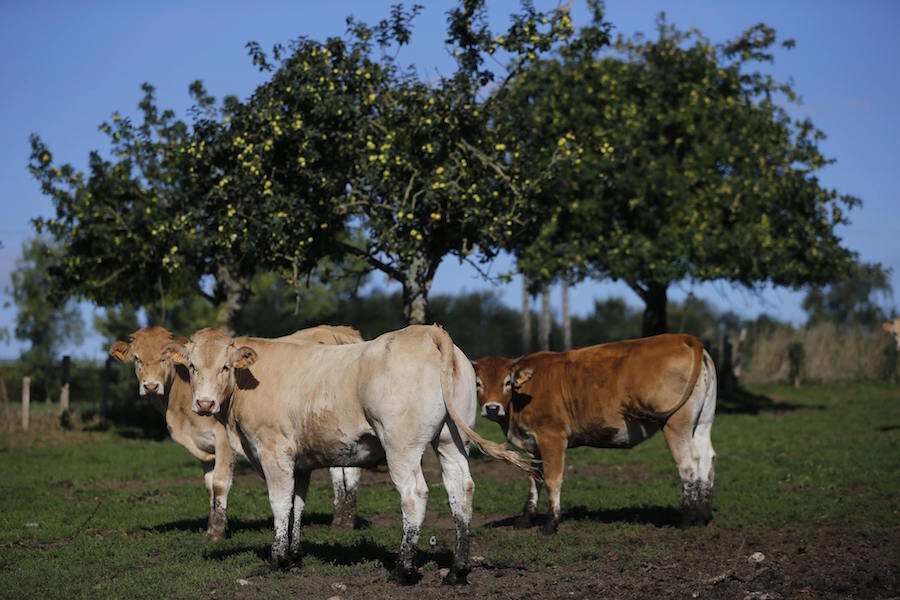Ten facts about healthy soil
The soil is made up of air, water, decayed plant residue, organic matter, and minerals, such as sand, silt, and clay. Increasing soil organic matter typically improves soil health, as this organic matter affects several critical soil functions. Healthy soils are also porous, which allows air and water to move freely through them. This balance ensures a suitable habitat for soil organisms that support growing plants. Franklin Roosevelt’s statement, “The nation that destroys its soil destroys itself,” is as true today as it was 75 years ago.
There are a few easy ways to improve soil health: till the soil as little as possible; grow as many different species of plants as possible through rotations and a diverse mixture of cover crops; keep living plants in the ground as long as possible with crops and cover crops; and maintain the dirt covered with residue year-round.
Food Tank is featuring ten facts about healthy soil that we hope will inspire eaters, businesses, researchers, scientists, funders, donors, and policymakers to create—and support—a more sustainable food system.
- It takes 2,000 years for natural processes to make 10 centimeters of fertile soil from bedrock. Unfortunately, around 24 billion of fertile soil is lost annually, according to the Nature Conservancy.
- If you want your soil to be healthy, then you should not see it that often, says the United States Department of Agriculture (USDA). Keeping the soil covered all the time makes sense when you realize that the microorganisms living in the ground need food and protection to survive—just like other living creatures.
- According to researchers at the World Agroforestry Centre, maintaining diverse forestry systems—forests that contain different types of trees—is an effective way to keep soil healthy.
- Fence rows usually have the healthiest soil on farms. The USDA reports that tillage reduces organic matter content and increases erosion because tilling soil causes pores to collapse and seal over.
- The Slow Food Foundation says that one hectare of healthy soil contains 15 tons of organisms, equivalent to the weight of 20 cows.
- Healthy soil with high organic matter can store 20 times its weight in water, says FAO. Retaining water is crucial for improving resilience to droughts.
- The USDA states that if the top six inches of soil had just one percent of organic matter, then soil could hold approximately 27,000 gallons of water per acre.
- According to an article in the Journal of Soil and Water Conservation, advanced analytical and computational tools suggest that approximately one billion bacterial cells reside in a single gram of soil.
- The Status of the World’s Soil Resources, a FAO publication, states that 16 nutrients are essential for plant growth and living organisms in the soil. These nutrients are categorized as either macro- or micro-nutrients. Both categories are crucial for plant development, but macronutrients, like carbon and nitrogen, are the most important.
- Lastly, the FAO found that sustainable soil management has the potential to produce up to 58 percent more food!
This story originally appeared on Food Tank.






